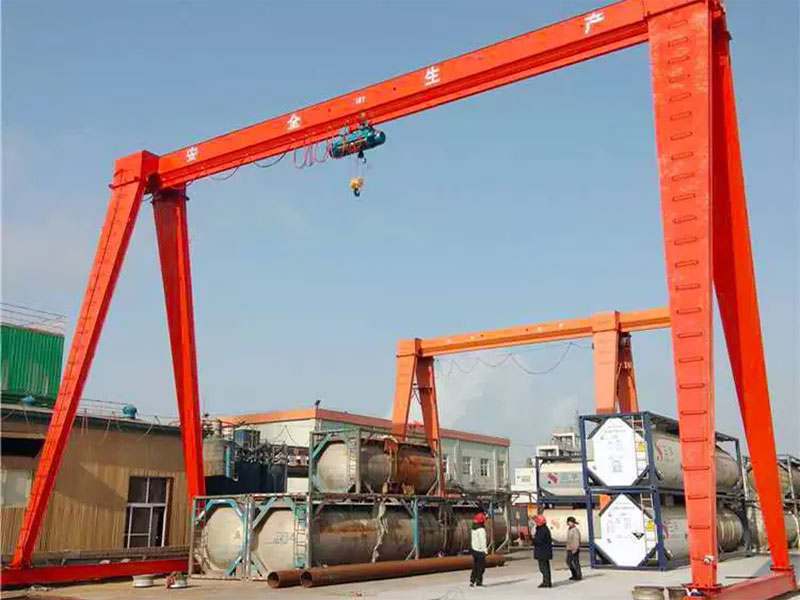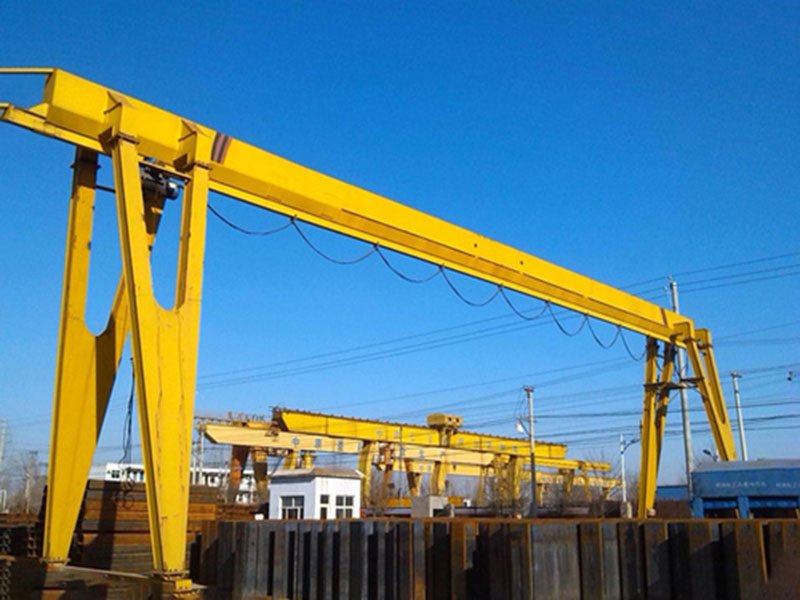When choosing a gantry crane, various differences between brands can significantly affect performance, cost, and long-term reliability. Understanding these differences helps businesses select the right crane for their unique needs. Here’s an overview of the main factors that differentiate gantry crane brands.
1. Material Quality
The materials used in manufacturing, such as the grade of steel or alloy composition, vary by brand. Higher-quality materials enhance durability and strength, which are essential for cranes handling heavy loads or operating in tough environments. Some brands focus on using premium materials that provide better resistance to wear, corrosion, and extreme conditions.
2. Manufacturing Techniques
The manufacturing process impacts a crane’s precision, reliability, and operational safety. Brands with advanced engineering and production standards are more likely to offer cranes with superior build quality and fewer defects. Factors like welding quality, fabrication precision, and quality control protocols contribute to the long-term stability and smooth functioning of the crane.
3. Lifting Capacity and Span
Different brands offer varied lifting capacities and span options tailored to specific operational needs. Lifting capacity determines how much weight the crane can handle, while the span, or the horizontal reach, indicates the size of the workspace the crane can cover. Brands with a focus on heavy-duty applications may offer larger, more powerful cranes with greater load capacities and extended spans.


4. Lifting Speed
Lifting speed influences productivity and varies between brands. Faster lifting speeds are ideal for high-efficiency workflows, while slower speeds may prioritize precision. A brand’s ability to balance speed and control is crucial, especially in environments requiring a high level of precision in load handling.
5. Stability and Safety Features
Safety is a priority in crane operation, and brands may offer various safety features like anti-sway mechanisms, anti-collision systems, and overload protections. Stability factors, including anti-tilt technology, vary by brand and are essential for reducing the risk of accidents and improving operator confidence in handling heavy or awkward loads.
6. After-Sales Service and Cost
After-sales support, such as service networks, response times, and maintenance plans, varies significantly across brands. Some brands provide comprehensive maintenance support and quick response times, which can reduce downtime and ensure smooth operations. Additionally, pricing varies depending on materials, technology, and support level, affecting long-term investment.
In conclusion, when choosing a gantry crane, evaluating these factors is crucial to selecting a brand that aligns with operational needs, safety standards, and budget.
Post time: Nov-05-2024









